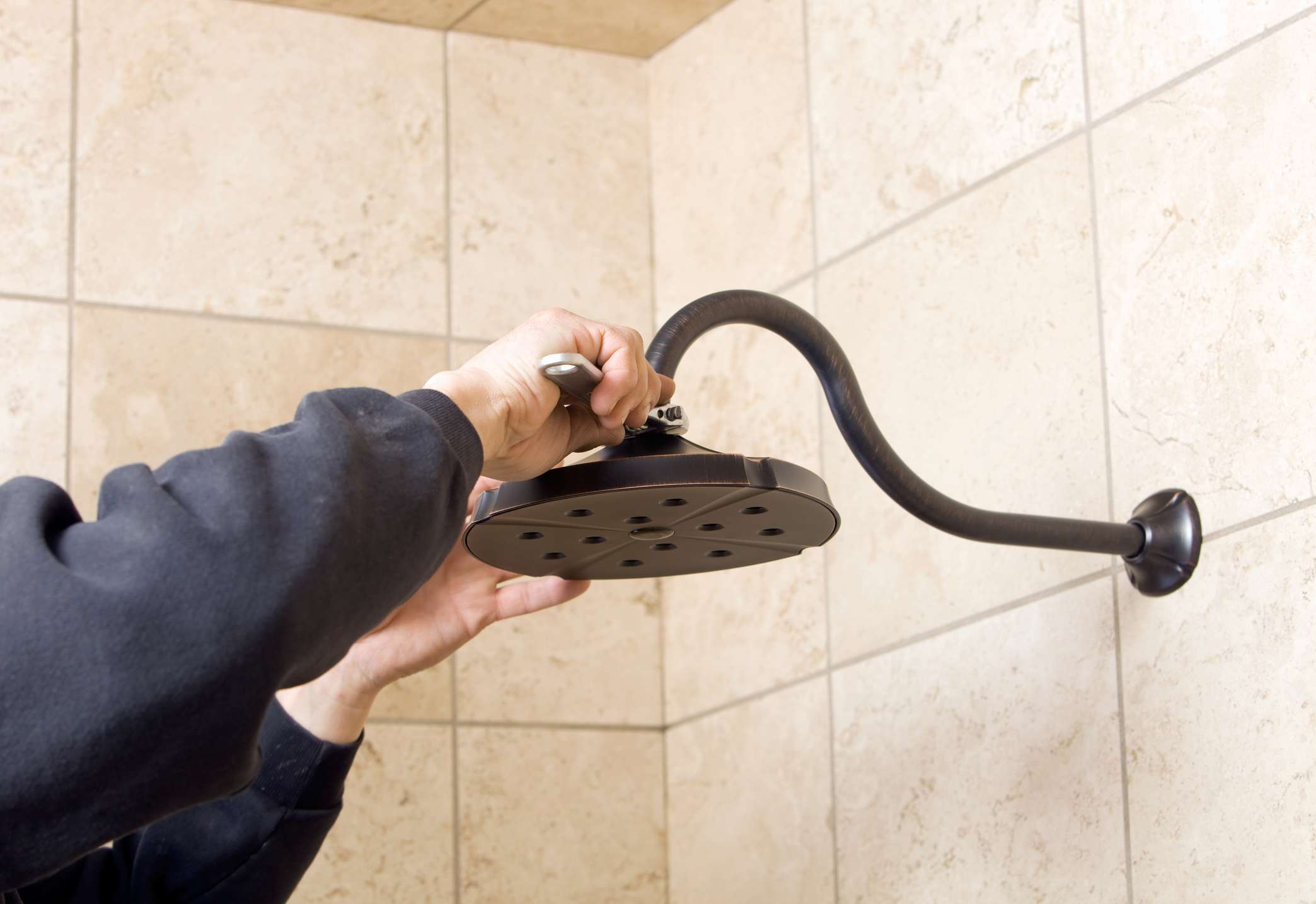
7 Ways to Make Your Home More Energy Efficient (While Saving You Money)
There are several home upgrades you can make to reduce your spending on energy bills and create a less wasteful home. Many of these efficiency upgrades, like updated insulation, help to protect the home, while others, such as smart thermostats, may offer new levels of convenience.
We asked a pro about the best ways to make your home more energy efficient that will save you money.
Meet the Expert
Courtney Moriarta is the Director of the Single Family Residential Programs at the New York State Energy Research and Development Agency (NYSERDA).
Conduct a Home Energy Audit
Before making any serious changes to the home, you should find out exactly which areas of the house you should invest in to get the best results.
“A first step many homeowners can take is to conduct a home energy audit (also called an energy assessment), which provides a top-to-bottom look at where a home is wasting energy and opportunities to save money on energy bills.” says Courtney Moriarta, Director of the Single Family Residential Programs at the New York State Energy Research and Development Agency (NYSERDA). “Findings from the assessment can help prioritize steps to make homes more energy efficient.”
On average, you can expect to pay between $212 to $699 depending on the size of the home and the audit level. This relatively minor investment will help create a basic framework for how to improve the efficiency of the home.
Want more home reno project tips and inspiration? Sign up for our free daily newsletter for the latest how-tos, reno guides, and more!
Air Sealing
Gaps and cracks around windows, doors, and vents can allow heat to escape from the home in the winter or enter the home in the summer, leading to increased energy costs.
“Most homes that are more than 10 years old will benefit from air sealing; a process where a professional contractor uses a blower door to test the home to find and measure air leakage paths so they can seal them up,” Moriarta says.
Air sealing the home will prevent leakage and reduce the amount of wasted household energy. It can even help to keep your HVAC system in good condition by decreasing the time the furnace or air conditioner needs to run.
The average cost to air seal the entire home ranges from $600 to $2,300, though this investment is well worth the price for long-term savings.
Replace or Upgrade Insulation
Just as gaps and cracks leave openings for heat to escape from the home, poor or missing insulation has the same effect, causing the house to grow warmer in the summer and lose heat during the winter.
“If your home was built more than 20 years ago, you may need insulation upgrades in addition to air sealing,” Moriarta says.
Adding or replacing the insulation in the attic, walls, and floors is a highly effective way to reduce energy waste and save money on your energy bills. Typically, you will pay between $0.40 and $6.75 per square foot for insulation, though the exact price varies depending on the type of insulation you choose.
Switch to LED Lighting
Making the change from incandescent light bulbs to LED bulbs is a quick, affordable way to improve the energy efficiency of the household.
LED lights can save on energy and the cost of lighting the home in the long run, but it’s important to note that incandescent bulbs cost on $2 to $3 per bulb, while LED bulbs cost about $5 to $10 per bulb, so you will initially be paying more for this upgrade.
LED bulbs tend to use up to 75 percent less energy and last much longer than incandescent bulbs.
Add a Hot Water Jacket to the Water Heater
Purchasing a hot water jacket for the water heater, which you wrap around the appliance for insulation, prevents heat loss.
This simple upgrade could reduce heat loss by 25 to 45 percent. Given that the average hot water jacket costs around $20, this is an obvious benefit for the home.
“If your heating, cooling, or hot water equipment is more than 10 years old, it’s a good idea to work with an energy auditor and/or contractor to plan for upgrading your equipment in advance of any issues,” Moriarta says.
Install a Smart Thermostat
Smart thermostats automatically control the temperature setting depending on the time of day, season, and occupancy of the home. Installing a smart thermostat is relatively affordable, with an average price ranging from $200 to $500.
Once the thermostat is installed, simply set the device to the desired temperature, then create specific schedules so that you can reduce the energy consumption of the home when you are away or asleep.
Invest in Low-Flow Showerheads
Another simple weekend project that can help reduce your energy waste and decrease your overall spending on energy bills is to install low-flow shower heads throughout the home. On average, you can expect to pay about $50 to $100 per shower head, but you can also find basic low-flow options for as little as $20 if you aren’t picky about style.
The shower head restricts the flow of water, preventing excess water loss.









